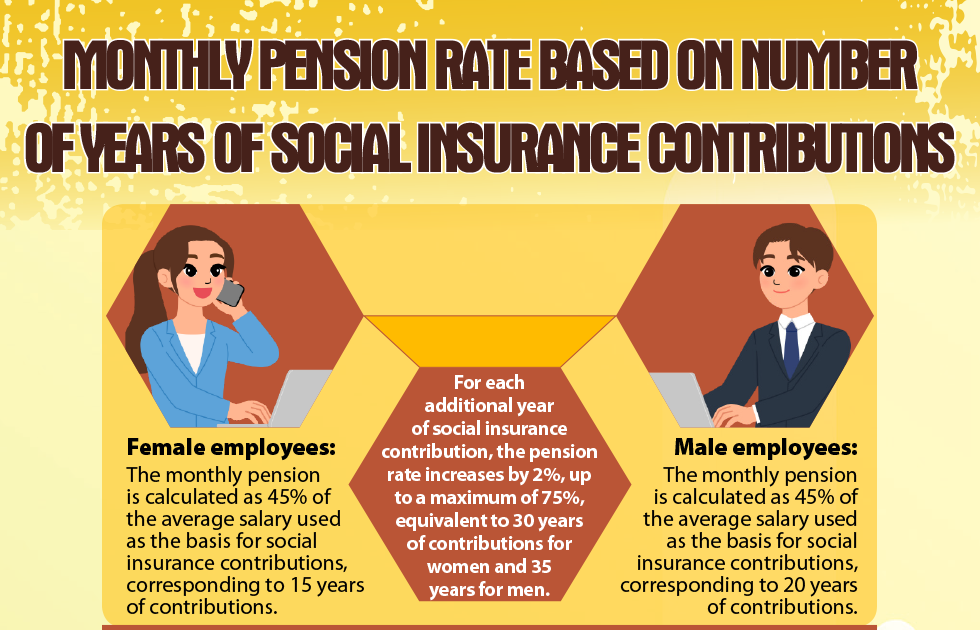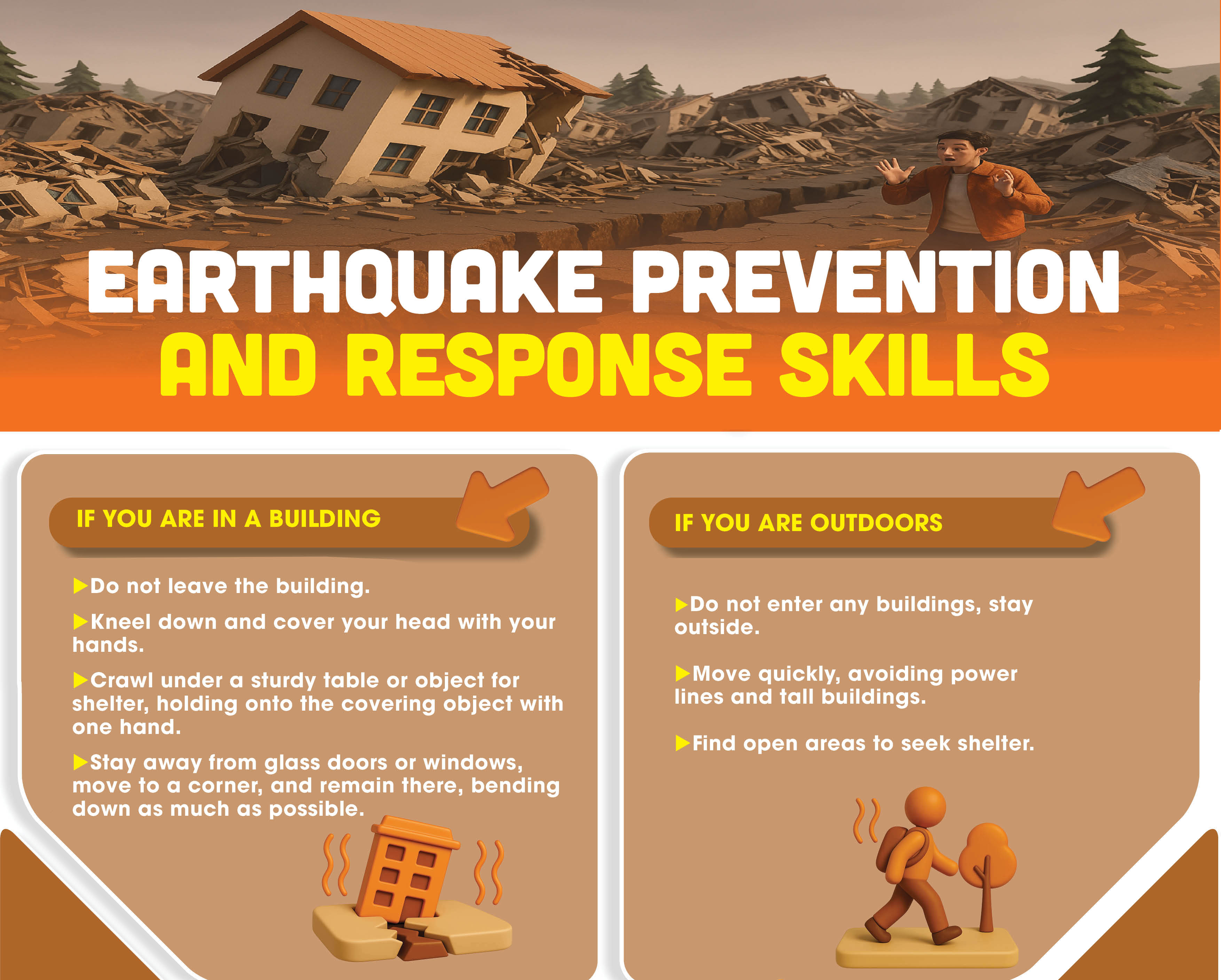COVID-19 pandemic in Southeast Asia countries still sees complicated developments
Cambodia's Ministry of Health said on June 18 that the country recorded 799 new cases of COVID-19 in the last 24 hours, of which 702 are infections in the community.
The new cases brought the total number of COVID-19 infections in Cambodia to 41,581, including 35,940 recoveries and 394 deaths.
On the same day, Thailand announced the easing of restrictions from next week and the Centre for COVID-19 Situation Administration (CCSA)’s classification of COVID-19 control zones.
Based on the new regional classification effective from June 21, the red zones of maximum control include the capital city of Bangkok and three neighboring provinces, Nonthaburi, Pathum Thani and Samut Prakan.
The other eleven provinces in the red zone are Chachoengsao, Chon Buri, Trang, Nakhon Pathom, Pattani, Phetchaburi, Songkhla, Samut Sakhon, Saraburi, Yala and Narathiwat.
The CCSA also declared nine "orange" provinces including Chanthaburi, Nakhon Si Thammarat, Prachuap Khiri Khan, Ayutthaya, Ranong, Rayong, Ratchaburi, Sa Kaeo and Samut Songkhram, while the remaining 53 provinces are yellow (close surveillance) zones.
Thailand reported 3,058 new COVID-19 cases and 22 deaths in the last 24 hours, raising the total numbers to 210,782 and 1,577, respectively.
Meanwhile, Singapore decided to limit the reopening due to the high number of COVID-19 cases in recent days.
The Singaporean government issued a statement stating that from June 21, sports centres are allowed to reopen, group of up to five people can eat at restaurants.
Tourist attractions, events and exploration activities can increase operating capacity from 25 percent to 50 percent. However, activities with a higher risk of infection will not be allowed to gather more than two people, instead of five people as previously announced.
Source: VNA








